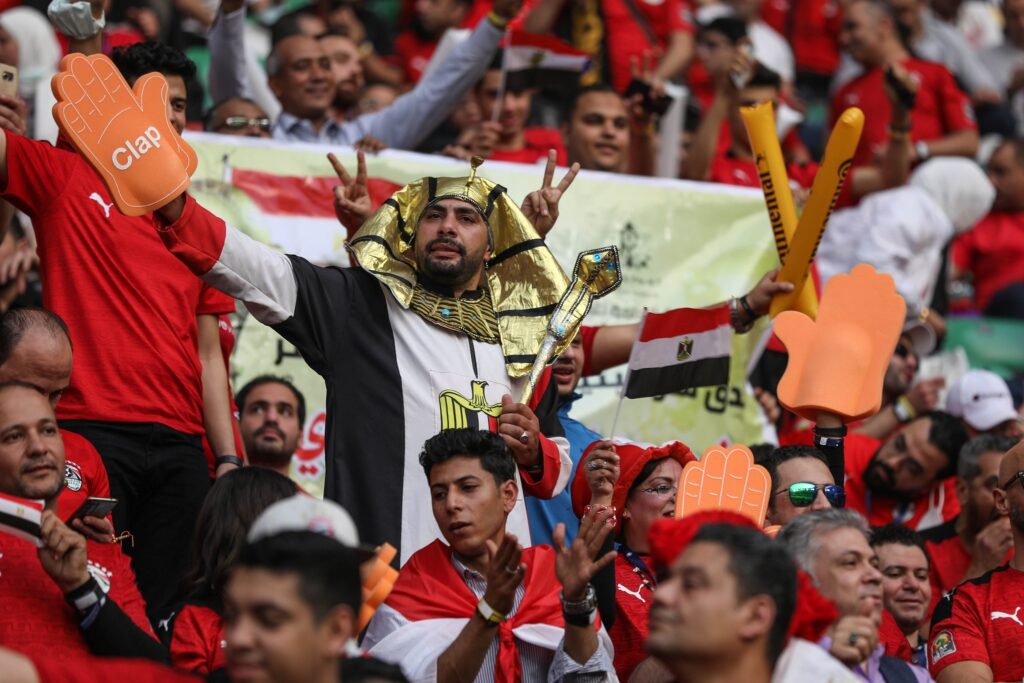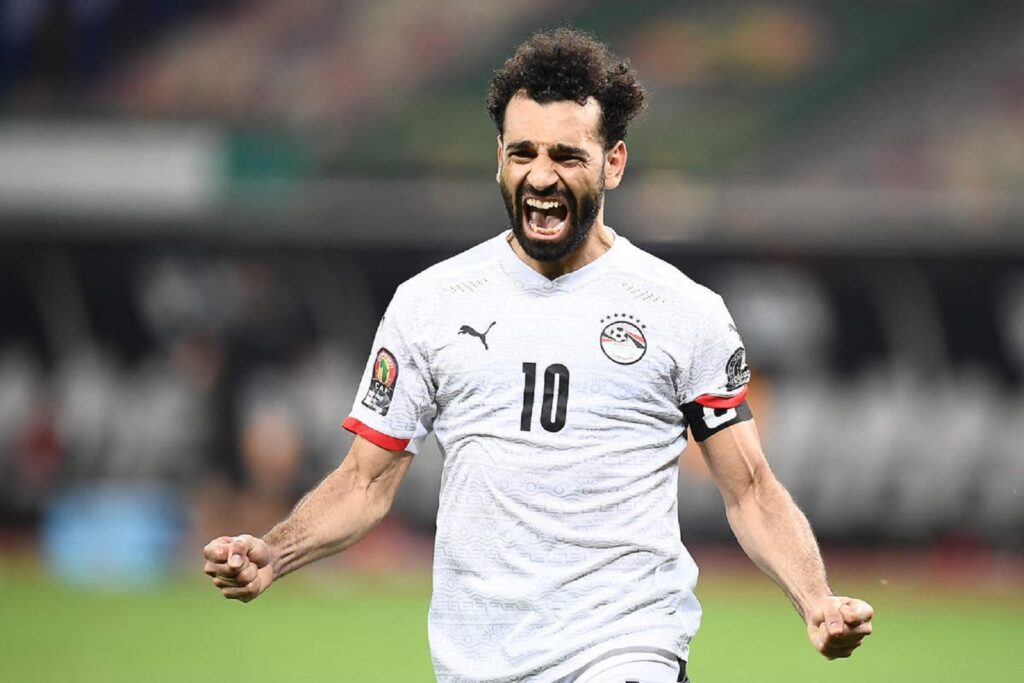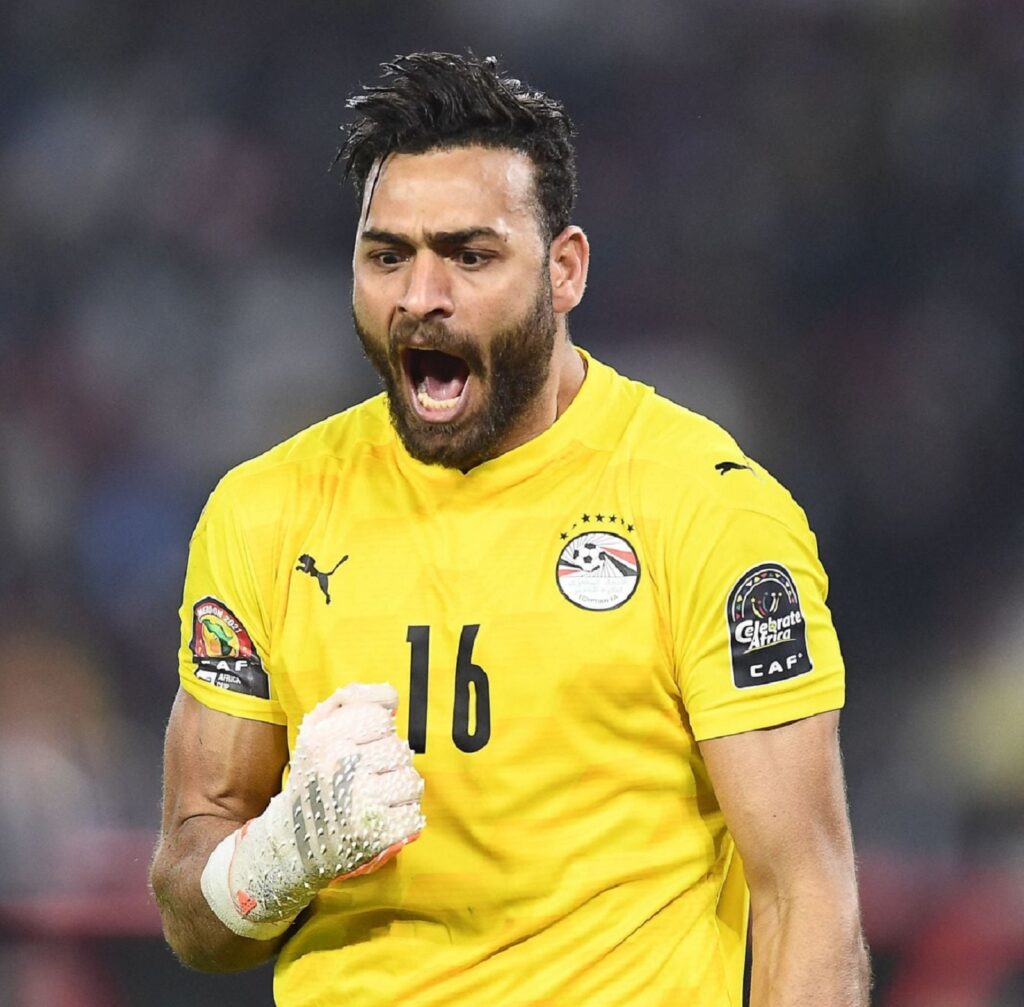YAOUNDE, Cameroon – Sadio Mane-inspired Senegal as African Cup of Nations champions after a drama-filled tournament spanning 29 days in Cameroon.
Here, AFP Sport recalls some of the joy and sadness from the biggest African sport event, with the next edition scheduled for Côte d’Ivoire in mid-2023.

A
Pre-tournament favourites Algeria took a 34-match unbeaten record to Cameroon, but the Riyad Mahrez-led Desert Foxes failed to win a match as they made an ignominious first round exit.
B
Burkina Faso surrendered a three-goal lead to lose the third place play-off against Cameroon – repeating the meltdown of 1998 when they failed after leading the Democratic Republic of Congo 4-1.
C
Cameroon became the eighth consecutive Cup of Nations hosts who failed to win the competition, exiting in the semi-finals after poor penalty-taking in a shootout against Egypt.

D
Senegal legend El-Hadji Diouf called the Japoma Stadium in Douala “world class”, but the pitch was sub-standard, leading to two knockout fixtures being switched to Yaounde.
E
When Egypt faced Senegal it was a record-equalling ninth final appearance by the Pharaohs. They matched Ghana, who lifted the trophy in four of the nine title-deciders they played.
F
There were record financial rewards for the best eight teams in Cameroon with the champions pocketing $5 million, runners-up $2.75 mln, semi-finallists $2.2 mln and quarter-finallists $1.18 mln.

G
Andre Ayew-skippered former champions Ghana made a humiliating first-round departure after losing to Morocco, conceding a late equaliser against Gabon and suffering a stunning loss to Comoros.
H
Health problems abounded with many Covid-19 cases – Malawi had just four substitutes instead of the permitted 12 in one match due to the virus – and a food poisoning outbreak in Bafoussam.
I
The incredible finish to the Mali-Tunisia group match, with Zambian referee Janny Sikazwe blowing prematurely for fulltime, was caused by the official suffering heatstroke and severe dehydration.
J
There was joy for debutants Gambia and Comoros with both countries reaching the knockout phase. Gambia, the lowest ranked of the 24 participants, went furthest by reaching the quarterfinals.

K
While Mane and Salah adorned the final, Liverpool teammate and Guinea captain Naby Keita was suspended after two yellow cards and his team made a timid last-16 exit against Gambia.
L
Cameroon captain Vincent Aboubakar was the most lethal forward, scoring eight goals, one less than the record for a Cup of Nations tournament held by now deceased Congolese Ndaye Mulamba since 1974.
M
Unheralded Malawi forward Frank Mhango laid claim to scoring the goal of the tournament with a long-range angled shot that dipped behind Morocco goalkeeper Yassine Bounou ‘Bono’ in a last-16 game.

Nigeria flattered to deceive – outplaying Egypt in their opening game and finishing the group phase as the only side with a perfect record before being outfought and outthought by Tunisia in the round of 16.
O
The eye-catching 60 000-seat Stade Olembe in Yaounde was built for the Cup of Nations, but will forever be remembered as the venue where eight people died in a pre-match crush.
P
Regular and extra-time penalties were no guarantee of goals ahead of the final with only 11 of the 20 converted while three were saved and six missed.
Q
Egypt’s Portuguese boss Carlos Queiroz became the first coach to be sent off at the tournament. He was dismissed in the semi-final against Cameroon after being yellow-carded twice for outbursts.
R
There were 14 red cards before the final and Cape Verde and Ghana were the worst offenders with two each. Cape Verde finished with nine men against Senegal after Patrick Andrade and Vozinha saw red.
S
Five of the Senegal starters in the semi-final victory over Burkina Faso were born in France, including captain Kalidou Koulibaly. Footballers can represent a country where a parent or grandparent was born.
T
Ethiopian referee Bamlak Tessema was widely praised internationally for reversing several marginal decisions in the Senegal-Burkina Faso semifinal after reviewing the incidents at the VAR monitor.
U
“Sadio Mane does not have to wash his clothes,” fumed Romania-born Malawi coach Mario Marinica after the minnows were forced to do their own laundry at a Yaounde hotel.
V
VAR was used at all 52 Cup of Nations matches for the first time and generally worked well with most referees quick to check controversial incidents at the touchline monitor.
W
Rwandan Salima Mukansanga became the first woman to referee a Cup of Nations match when she handled the group match in which Zimbabwe defeated Guinea, and her performance won widespread praise.
X
No X-ray result was more eagerly awaited than that concerning Mane after a collision with Cape Verde goalkeeper Vozinha. The outcome was positive to the huge relief of Teranga Lions supporters.
Y
Among the near 200 yellow cards shown during the tournament, none was more devastating than that flashed at Egyptian Omar Kamal in the semi-final against Cameroon as it ruled the right-back out of the final.
Z
While a 2-1 victory over Guinea could not prevent perennial strugglers Zimbabwe making a first-round exit, it was the first Cup of Nations triumph by the Warriors since beating Ghana at the 2006 finals.






Discussion about this post